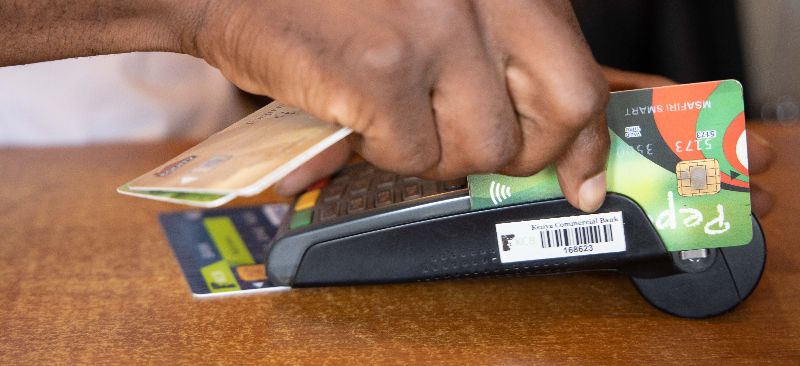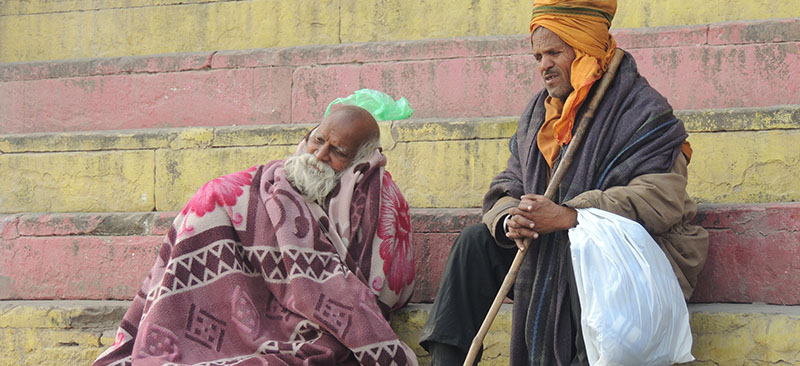Blog
Assessment of AeFDS (Aadhaar enabled Fertilizer Distribution System) pilot
The report elaborates key findings of the study on three major aspects —Farmer Readiness, Retailer Readiness, and Transaction Status. It also explains best practices being followed by districts based on indigenous wisdom and provides actionable solutions for smooth implementation of AeFDS initiative.
How do MFI Clients Spend Remittance Money in the Philippines
Are good banking systems and processes enough to entice customers?
A middle tier emerging bank wanted to service the Medium and Small Enterprise customer segment. While working with them, our learning was that the seemingly best products, processes, resources etc. might look good at a strategic level but it is bound to low adoption (fail) if not integrated with the human factors; their preferences, behaviour and decision-making.
MicroSave’s approach to product development
MicroSave has two decades of experience in Human-centred Design and developed over 200 financial products. Through this journey, we believe that understanding both demand side and supply side is critical.
Securing the Masses: An Assessment of Jan Suraksha Schemes
Jan Suraksha is India’s tryst to insure its masses. Launched in May 2015, Jan Suraksha together with Pradhan Mantri Jan Dhan Yojana (PMJDY) forms the largest financial inclusion programme in the world. Given the numbers and outreach (131.91 million covered) there is little doubt that Jan Suraksha schemes represent a paradigm shift in the social insurance landscape of India. MicroSave’s national level assessment study2 of the two Jan Suraksha schemes Pradhan Mantri Suraksha Bima Yojana (PMSBY) and Pradhan Mantri Jeevan Jyoti Bima Yojana (PMJJBY) is the first of its kind. It makes recommendations to strengthen the delivery of the vision behind this innovative initiative. – See more at: https://www.microsave.net/resource/securing_the_masses_an_assessment_of_jan_suraksha_schemes#sthash.pOsg3Yy8.dpuf





